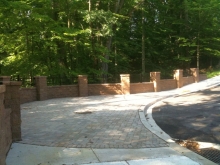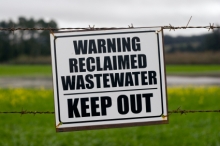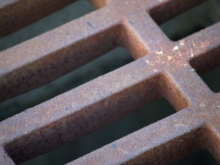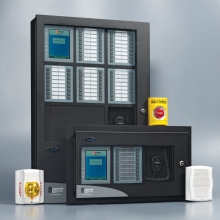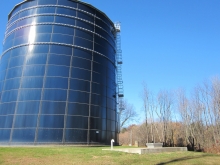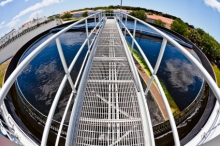Emergency Lighting Monitoring Systems
Technologies to monitor emergency lighting systems throughout buildings or campuses have increased in popularity across Australia over the last decade. During the last six years, emergency lighting monitoring systems have also become more popular in North America. The idea behind these systems is to connect all exit signs and emergency (battery-powered) lighting devices to a central computer station so that they can individually report their functional status when tested, offering significant time and cost benefits to facility managers.
